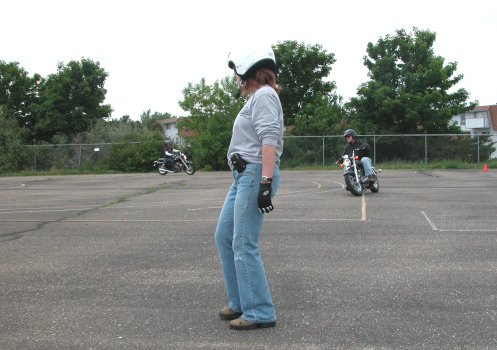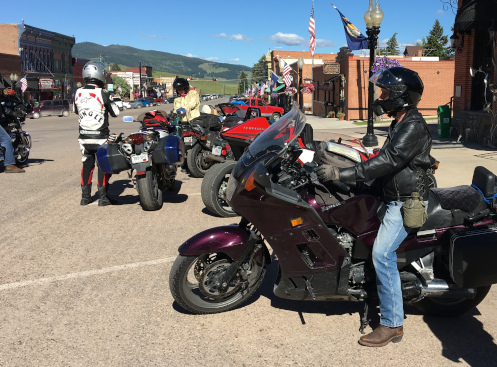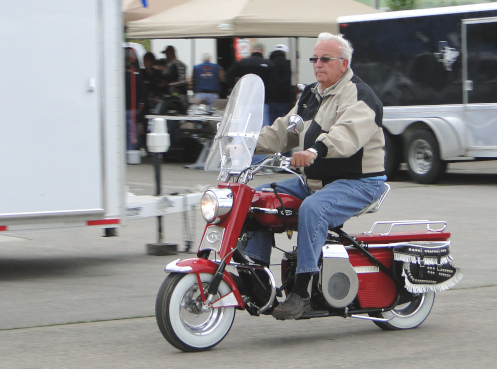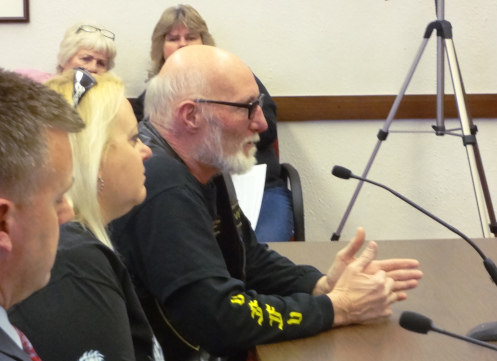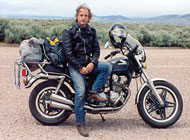Not Everyone Is Cut Out To Ride Motorcycles
Monday, December 4th, 2023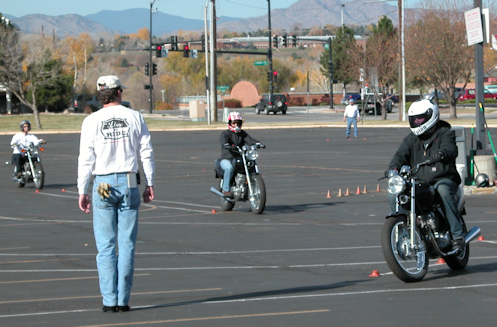
Rider training not only helps you learn to ride, it can weed out those who really don’t belong on a motorcycle.
There is a quote I used at the end of one of these posts that reads, “The only thing better than a motorcycle is a woman riding one.” There have been others as well in a similar vein. Yes, I love seeing women riding.
That said, not everyone–man or woman–is really cut out to ride.
For instance, my wife Judy is OK with riding behind me but only because she trusts me. The only time I’ve been able to get her on a bike on her own was when I was test riding an electric scooter. We went over to the parking lot of the local elementary school and she got on and tentatively twisted the throttle. She was unsteady at first but in a couple minutes she was doing figure 8s and had the biggest grin on her face.
But that was it. She had no desire to do it again and never has.
Someone a bit more game was Davey. Long before I ever even met Judy I was seeing a woman named Davey. Davey enjoyed riding on the bike with me–my CB750, the only bike I had at that time–and decided maybe she’d like to try it on her own.
She signed up for a Beginning Rider course up at Front Range Community College, in Westminster, close to where I was then living. I knew she was doing it and I knew how long the class runs so I was surprised in mid-afternoon when she appeared at my door, rushed in, and hugged me and cried. Things had not gone well.
Of course, the first part of the class is in the classroom and that went fine. But then, after lunch, they went out to the course and she mounted the little 250cc bike they use in these classes. I don’t know how long it took but somewhere along the way she rode the thing right into a curb and was sent sprawling on the grass. She got up, said not a word to the instructor or anyone else, ran to her car, and drove straight to my house.
What I had not thought about, and I’m not sure if she had or not, was that she drove a car with an automatic transmission. She had never driven a stick, so not only was she trying to learn to ride a motorcycle, she was trying at the same time to learn to use a clutch and to shift gears. Yow! That would be a challenge for anyone!
So yeah, if you want to ride motorcycles you really should probably know how to shift gears beforehand. Although there are some bikes these days where shifting is not necessary. But most scooters don’t have gears either, so there is that option. But, if we’re honest with ourselves, some people just really ought not to get on a motorized two-wheeler more powerful than an e-bike. It’s just true.
Biker Quote for Today
I’m that crazy biker chick that everybody warned you about.

